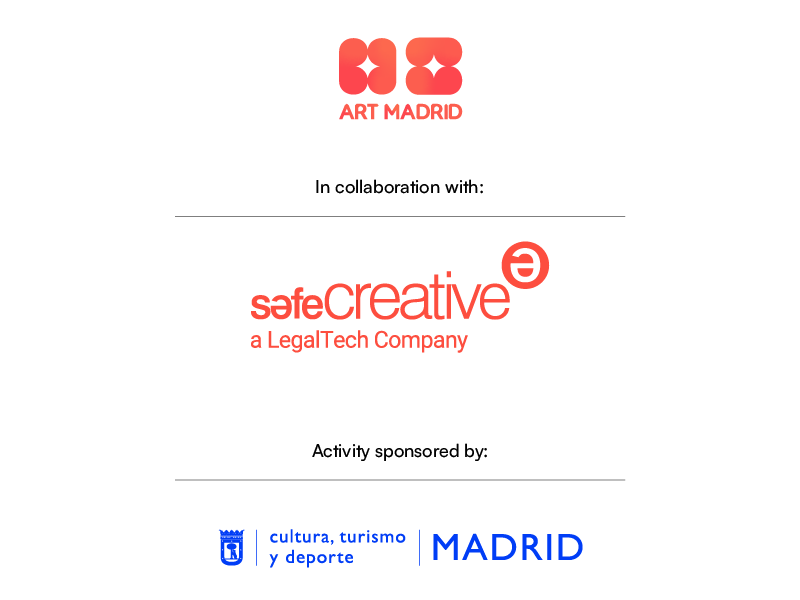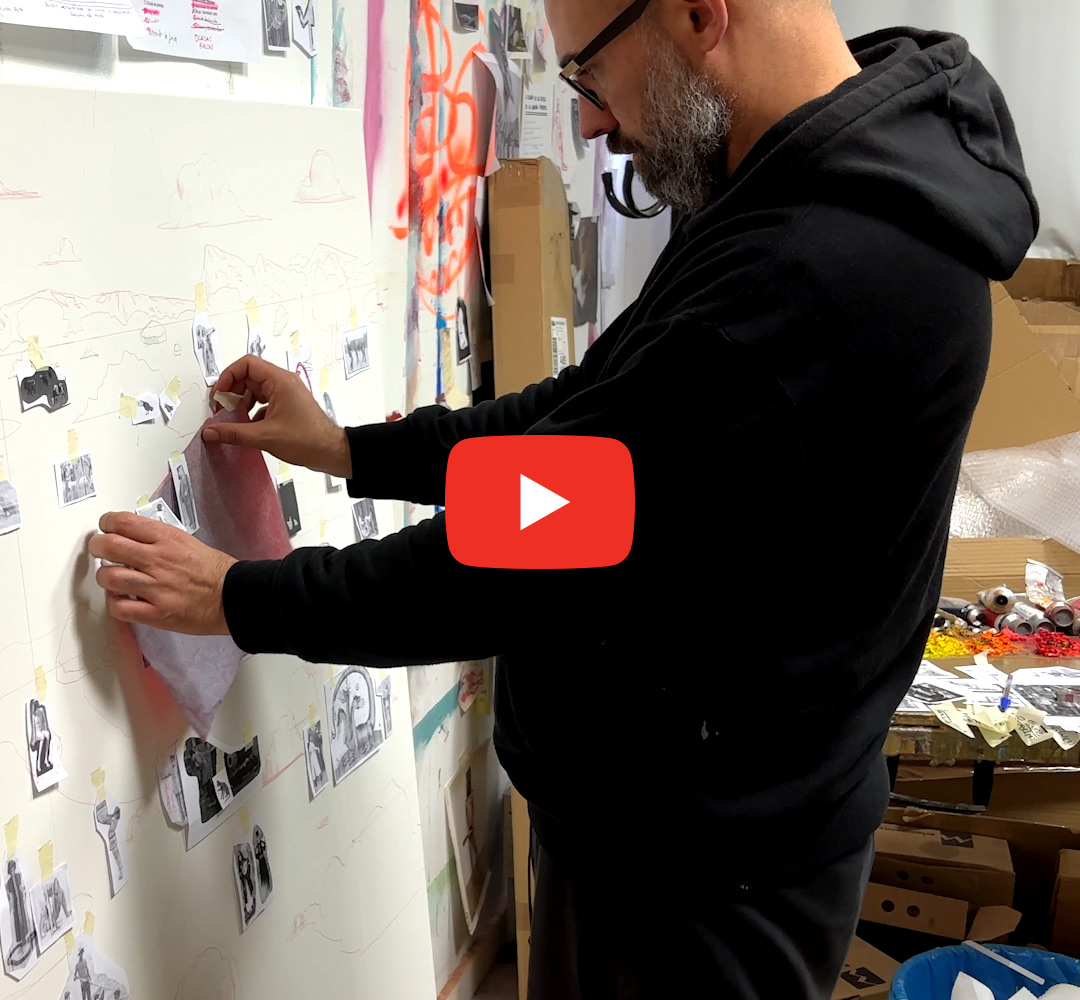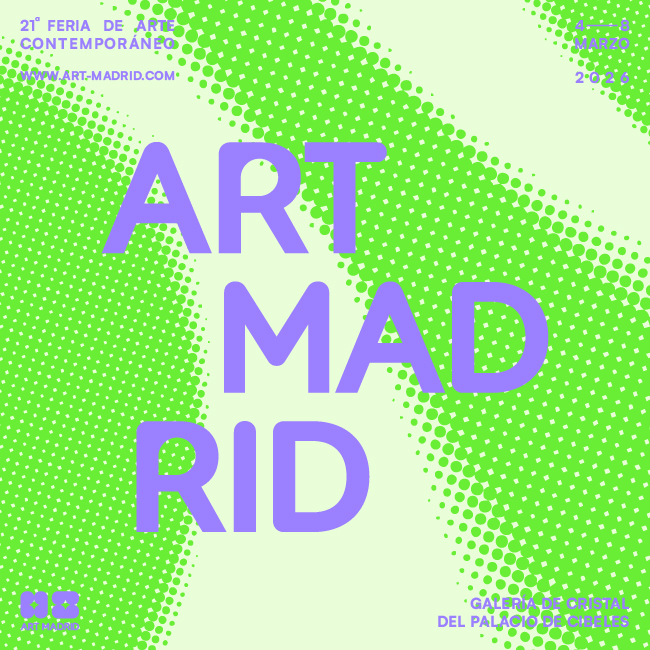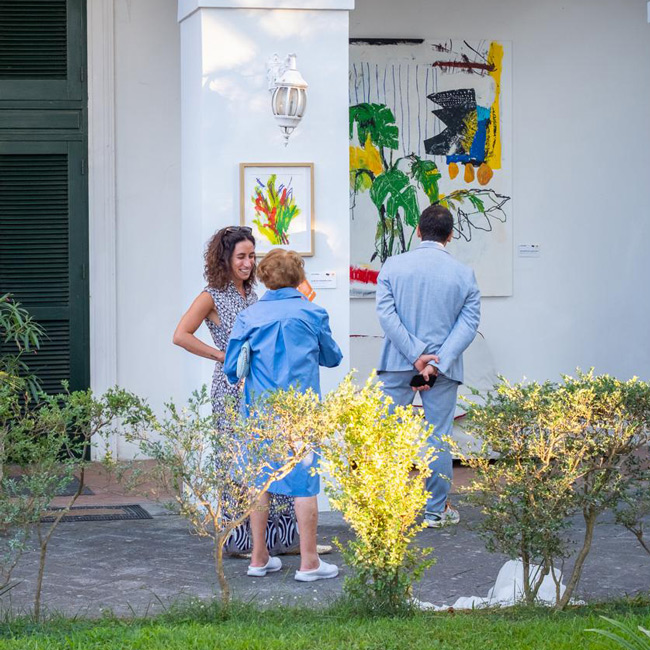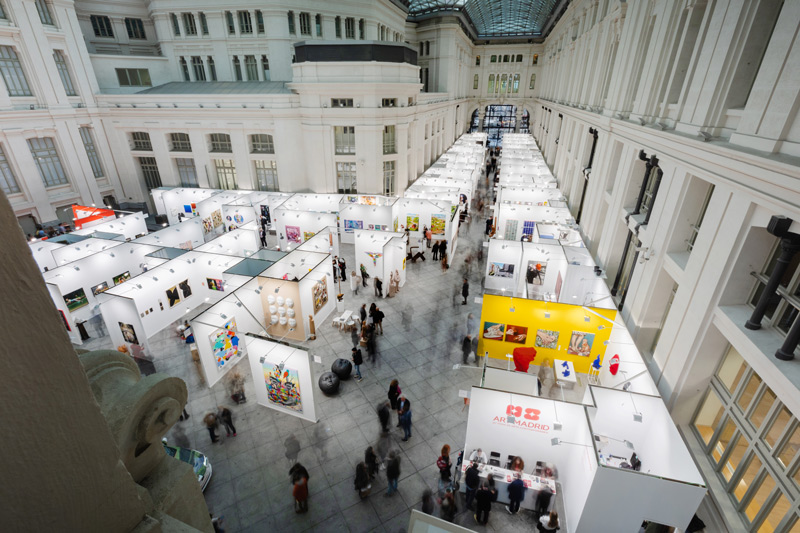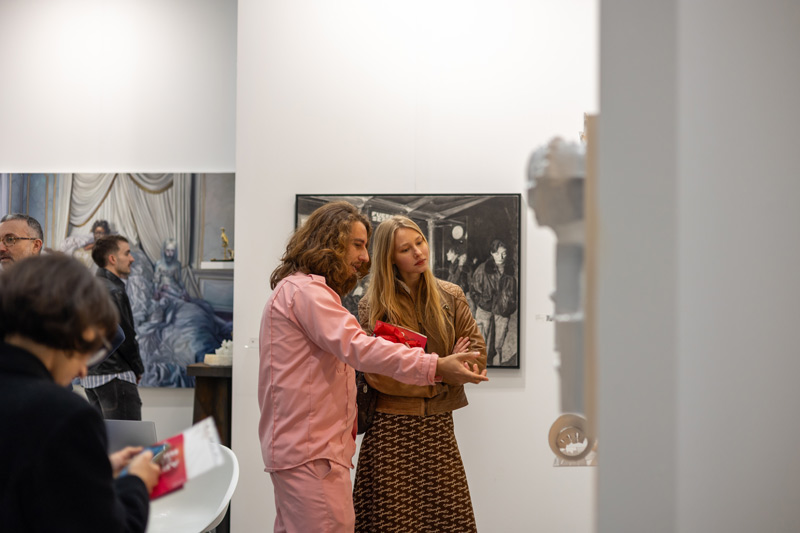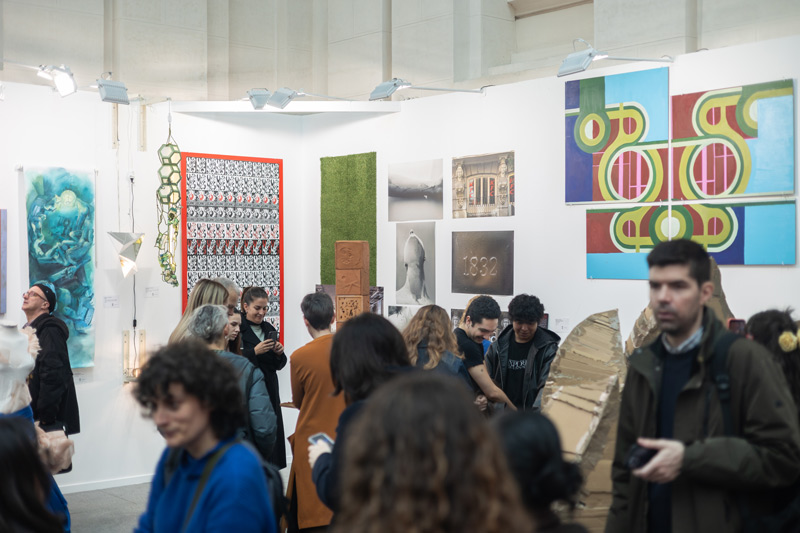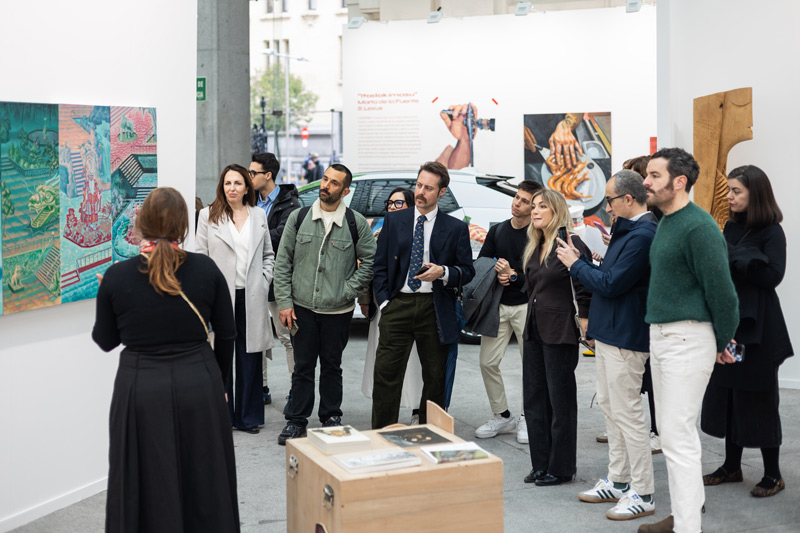ALEXANDER GRAHOVSKY: THE COLORS OF ENTROPY
Jan 17, 2025
art madrid
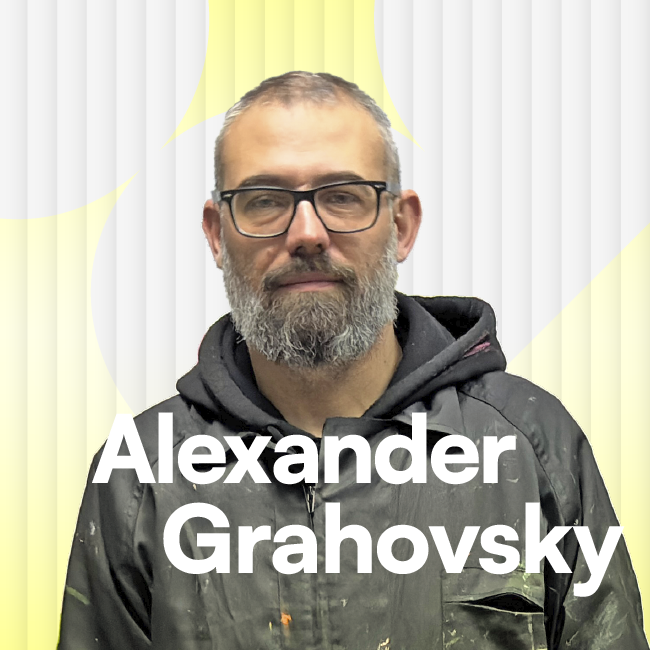
CONVERSATIONS WITH MARISOL SALANOVA. INTERVIEW PROGRAM. ART MADRID’25
Alexander Grahovsky (Alicante, 1980) begins with a chaotic or random process, similar to collecting images and creating collages from scenes that capture his interest, which he can then recreate as he pleases. His works explore themes such as the unknown, death, and animals, often drawing parallels with toys and incorporating recurring characters along with elements like floating stones. Narrative plays a crucial role in his paintings; the surrealist aspect emerges from the way he constructs a non-linear story. Scenes overlap, appear in different phases across various sections of each painting, and invite the viewer’s eye to roam through the composition. His work contains references to classical painting and cinema, making its interpretation dependent on the viewer's personal background and emotional state. The central thread of his art conveys that, despite life’s hardships, we all continue to celebrate in some way.
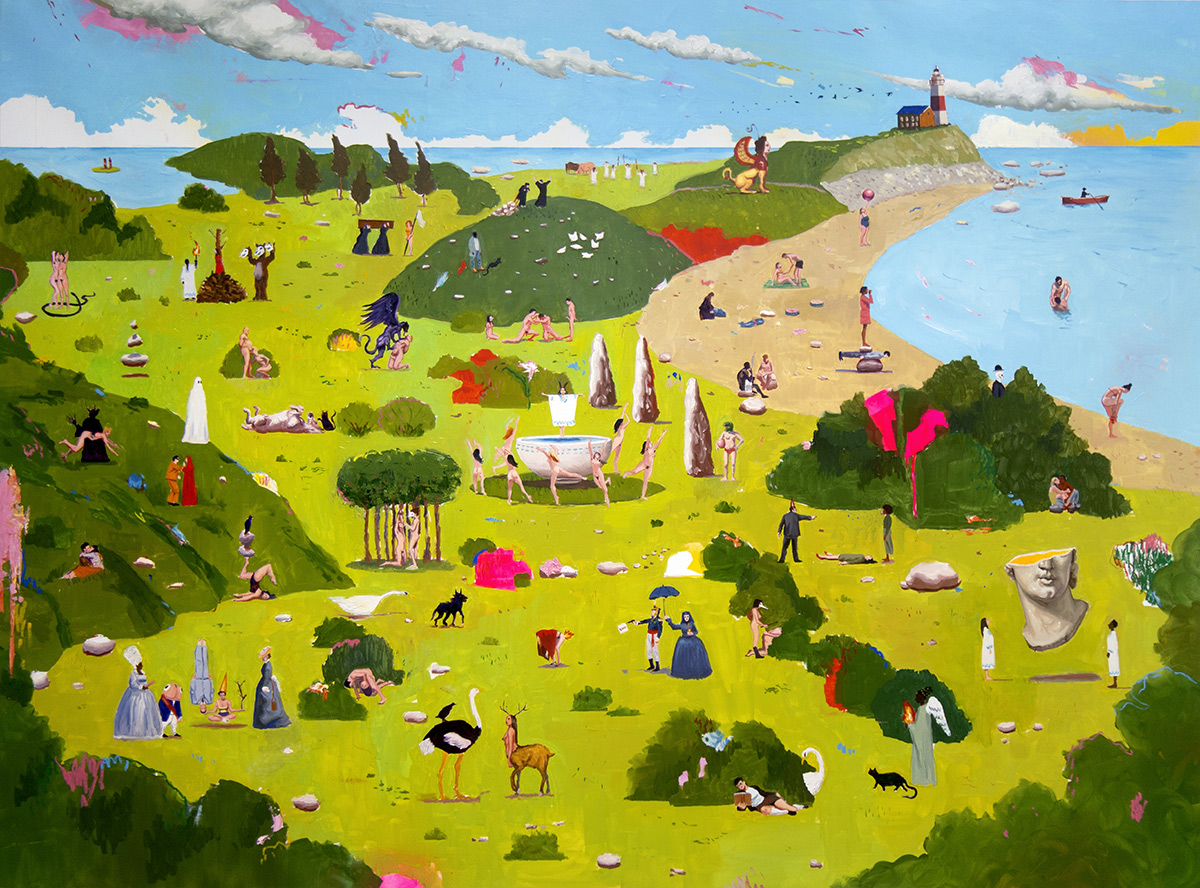
What role does experimentation play in your creative process?
Experimentation plays a fundamental role in my entire creative process on two levels: technical and narrative. On a technical level, because I allow myself a range of liberties or aesthetic whims that turn the act of painting itself into a game—something enjoyable where, in a way, anything is possible. On a narrative level, it’s about how I build stories, as there is no script or main idea holding everything together. Instead, starting from a series of seemingly disconnected scenes, I try to construct a story that intertwines, compelling the viewer, in some sense, to contribute their own interpretation or create their own narrative.
What are your references?
My influences range from classical painting, such as The Garden of Earthly Delights by Hieronymus Bosch or The Ghent Altarpiece, to more contemporary artists like Hurvin Anderson and Dominique Fung, including Hopper, Hockney, and Leonora Carrington, among countless others. All these artistic influences blend with others from cinema, including the films of Parajanov and the director of Midsommar. Particularly, Midsommar has been quite influential in my work for its distinctive aesthetic. Additionally, the world of comics plays a role, particularly the work of Moebius, especially his more surrealist science fiction illustrations. Video games are another source of inspiration, especially in how scenes are depicted—everything is flattened, as if it were a screen or the backdrop of a theater stage, reminiscent of mid-to-late-90s graphic adventure games.
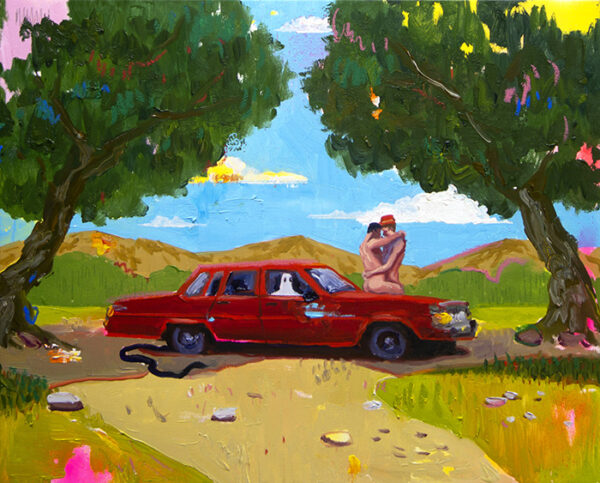
How do you create the distinct—and sometimes recurring—characters in your paintings?
The characters develop as the body of work evolves, as if each painting were part of a larger story yet to be told. As I began working in this style, I noticed that many of them reappeared, and when I reused them or made them part of new pieces, I was already considering what I had previously painted about them, as well as what had happened to them in other works. For example, Death has transformed from being a skeleton that might seem to bring bad news into a somewhat mocking or humorous figure wearing a party hat. We also find the Devil, the Magician, and the Red House, which serves as a refuge or a pilgrimage site where characters often end up—or could end up. Then there’s the Black Cat, which initially appeared simply as a warning symbol, as if telling the other characters to stay alert to what’s happening around them, but later became a kind of measure of time: in larger pieces, it typically appears three times. I enjoy playing with the ambiguity of whether it’s three different cats or the same cat appearing at three different points in the story. In this way, the characters help weave a narrative and create connections between all the pieces, forming a shared universe to which they all belong.
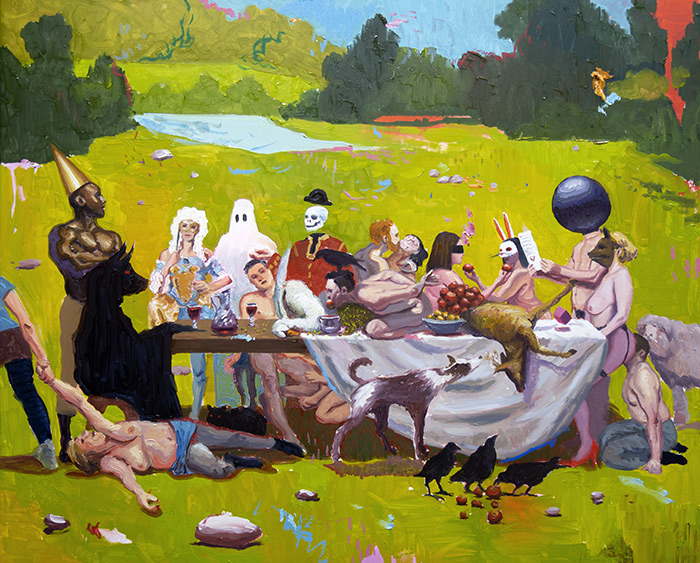
When did you transition to the garden series, and why?
In 2022, I decided to gather all the surreal scenes and sketches that were scattered around my studio and explore what would happen if they coexisted in the same space—what would happen if all these seemingly disconnected elements were placed on the same plane. In this case, the plane is the canvas, and the setting is the garden. It’s here that the garden, The Garden of Earthly Delights, and all the imagery rooted in our collective unconscious become visible. From that point, I chose to keep pulling the thread of this story to see where it would lead me. This is when all the characters begin to emerge, allowing me to create a space where I can play and find creative freedom that I hadn’t experienced in my previous work.
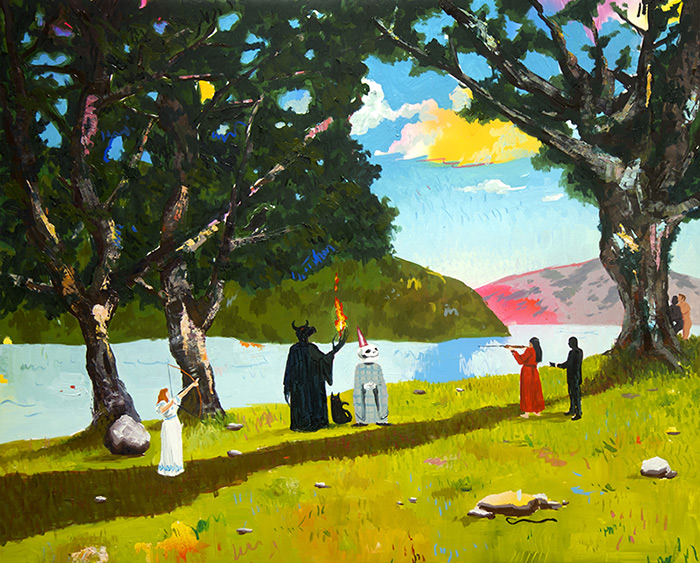
What connection does this phase of your work have with your past in the world of comics?
This phase of my work draws a lot from all the years I spent reading comics, from when I was a young child to trying to break into the American comic industry. I was close, so close, but it didn’t materialize. The truth is that, in the end, what interested me more than the drawing itself were the more experimental narratives, like those of John Hankiewicz, Dave McKean, or people of that kind. In that sense, I’m mainly influenced by the way stories are constructed. They are not sequential panels where A leads to B, and B leads to C. Rather, the visual journey through the pieces is like a comic page where you can jump from the first panel to the seventh and then return to the second, and depending on the order you choose, the story will unfold in one way or another. It’s true that, for example, what you often find are different fragments of the same scene: a beginning, a middle, a climax, and a resolution, but they are often surrounded by other scenes that either influence the events in each smaller scene or simply coexist in the same universe. In that sense, I’m also very interested in the idea of a shared universe, right? That all these pieces, this entire body of work, form part of a larger story that seems to want to tell itself, one that still doesn’t know where it’s going but is starting to find its place and path. Like the characters that started simply appearing and now each one has its own backstory.
